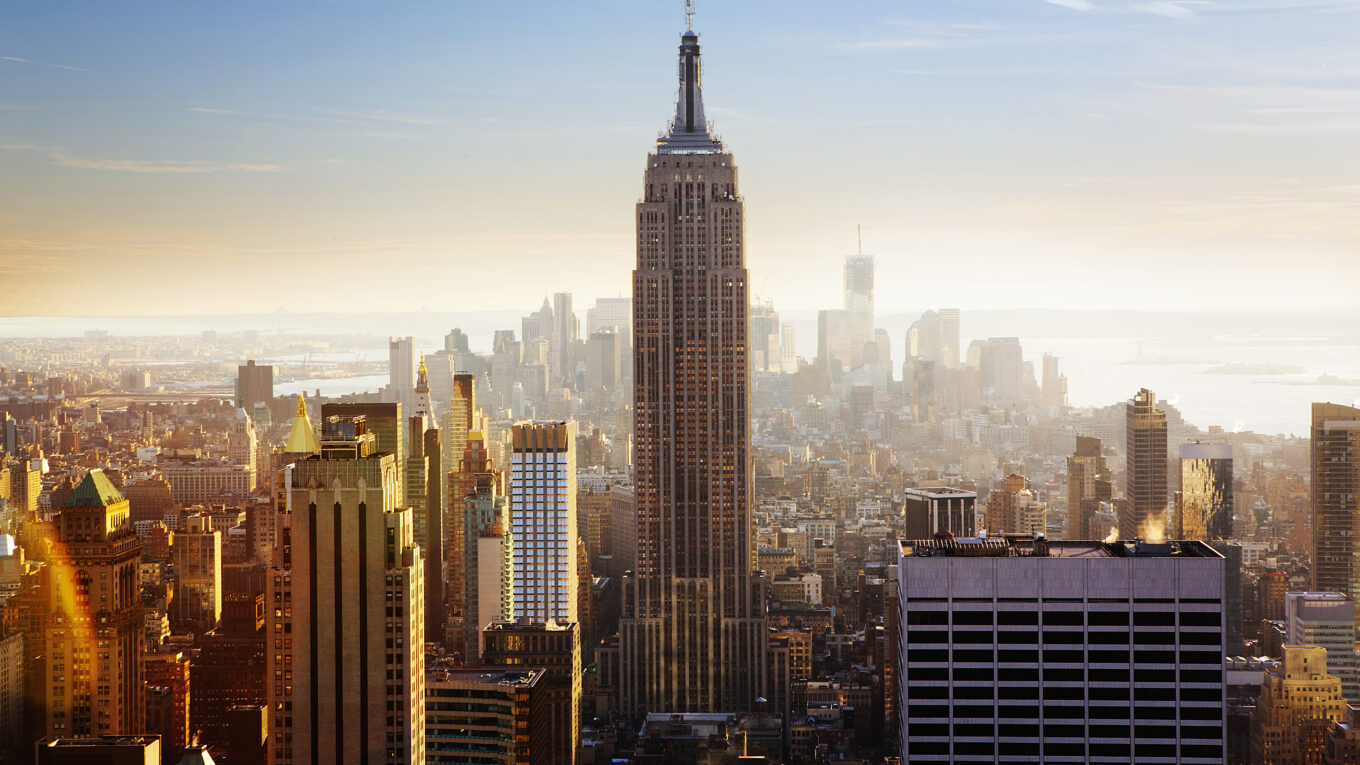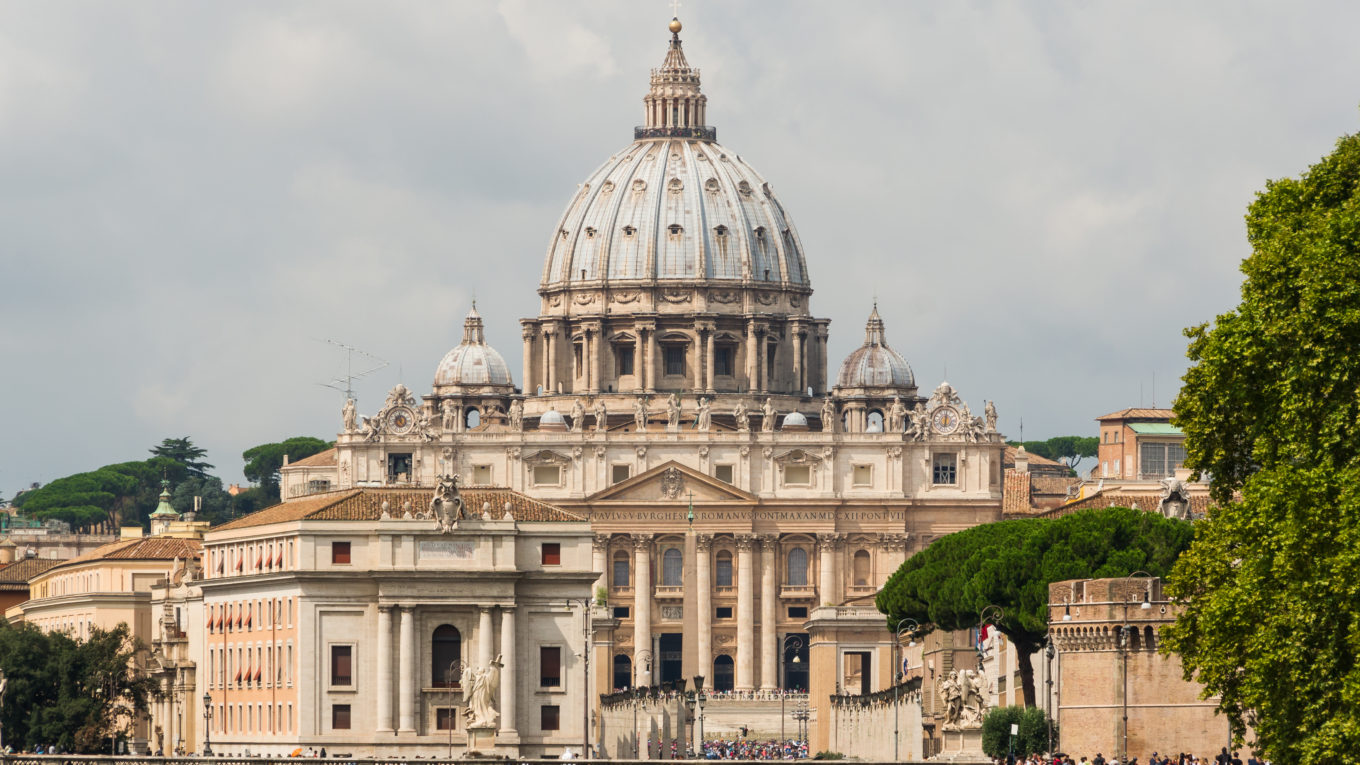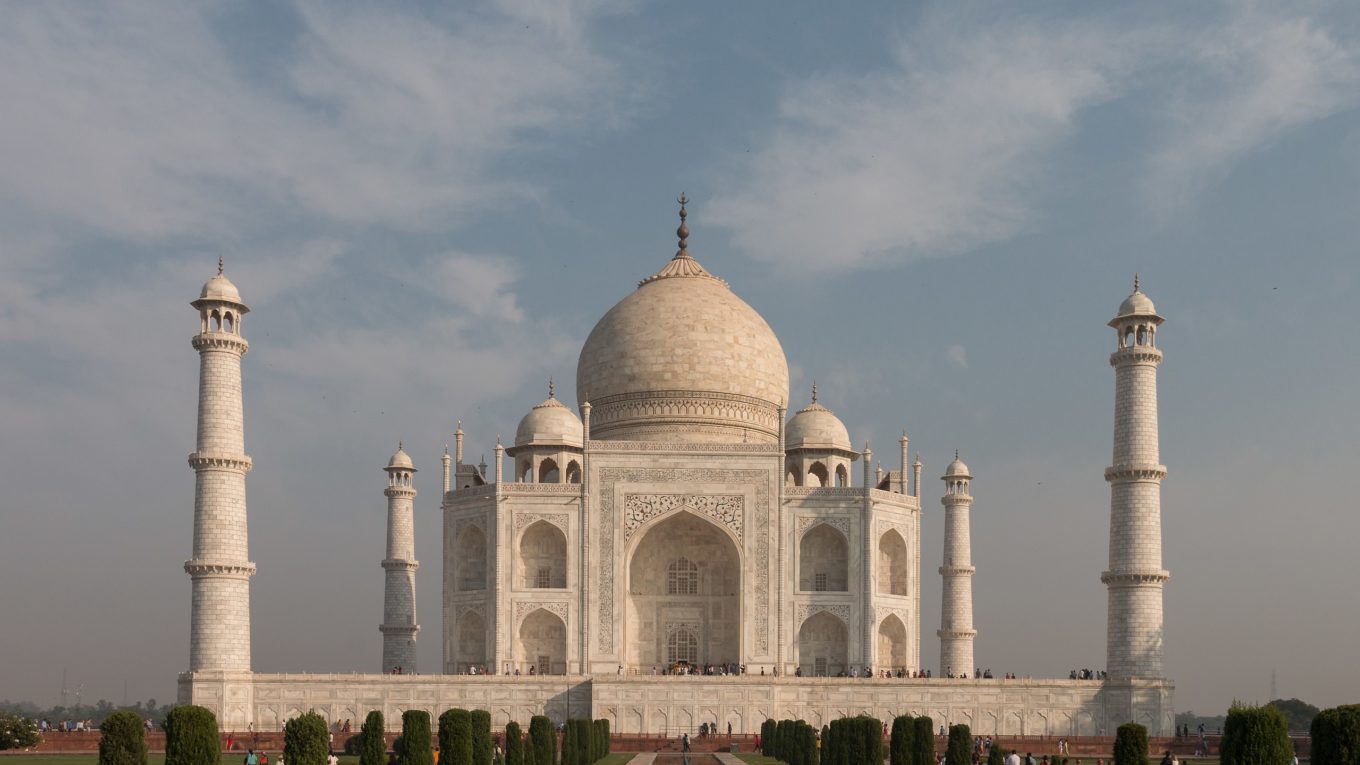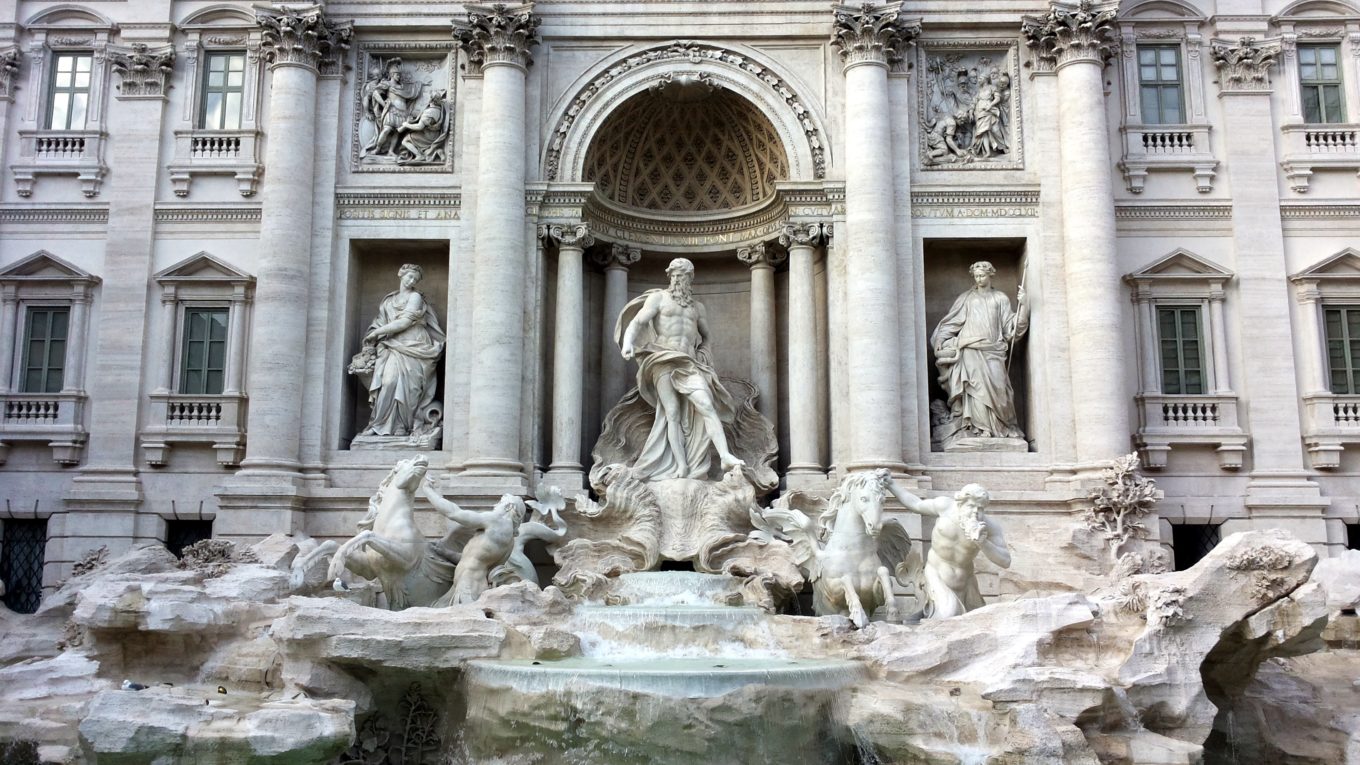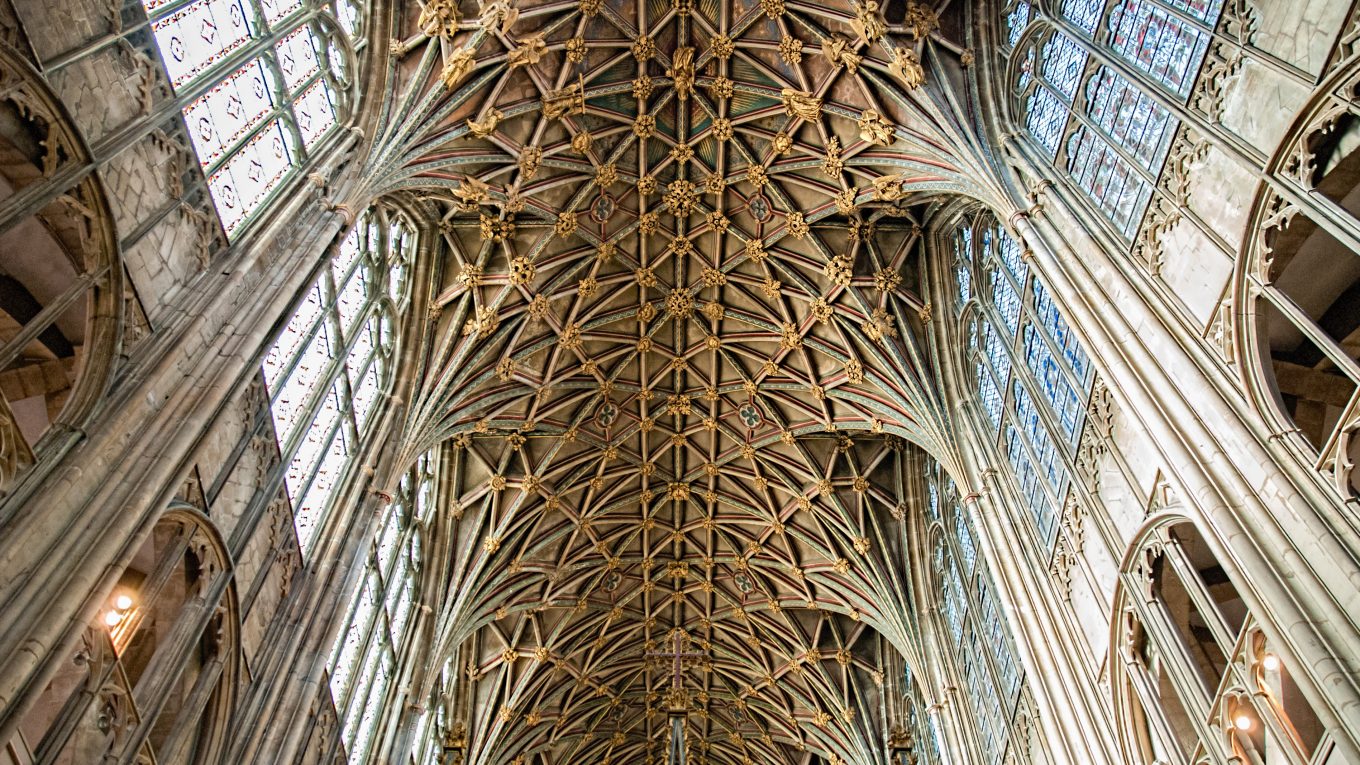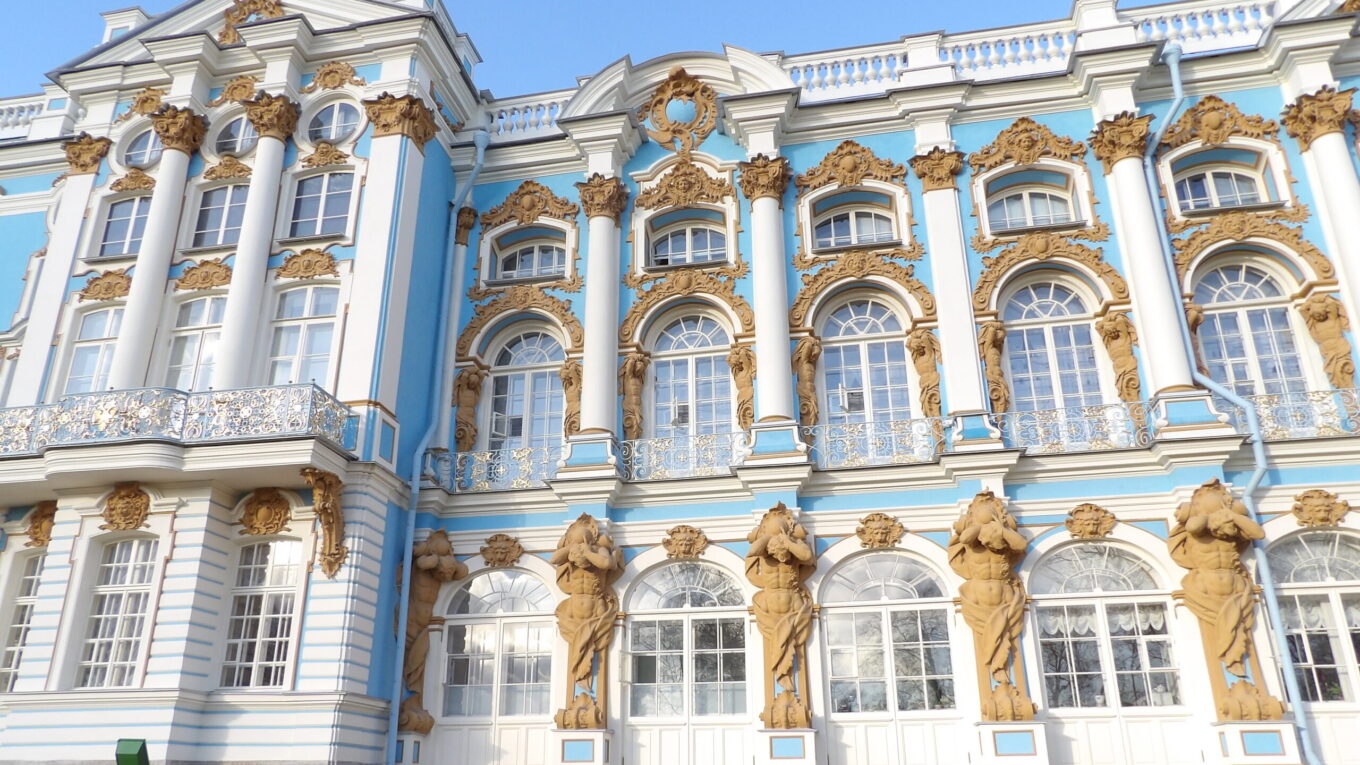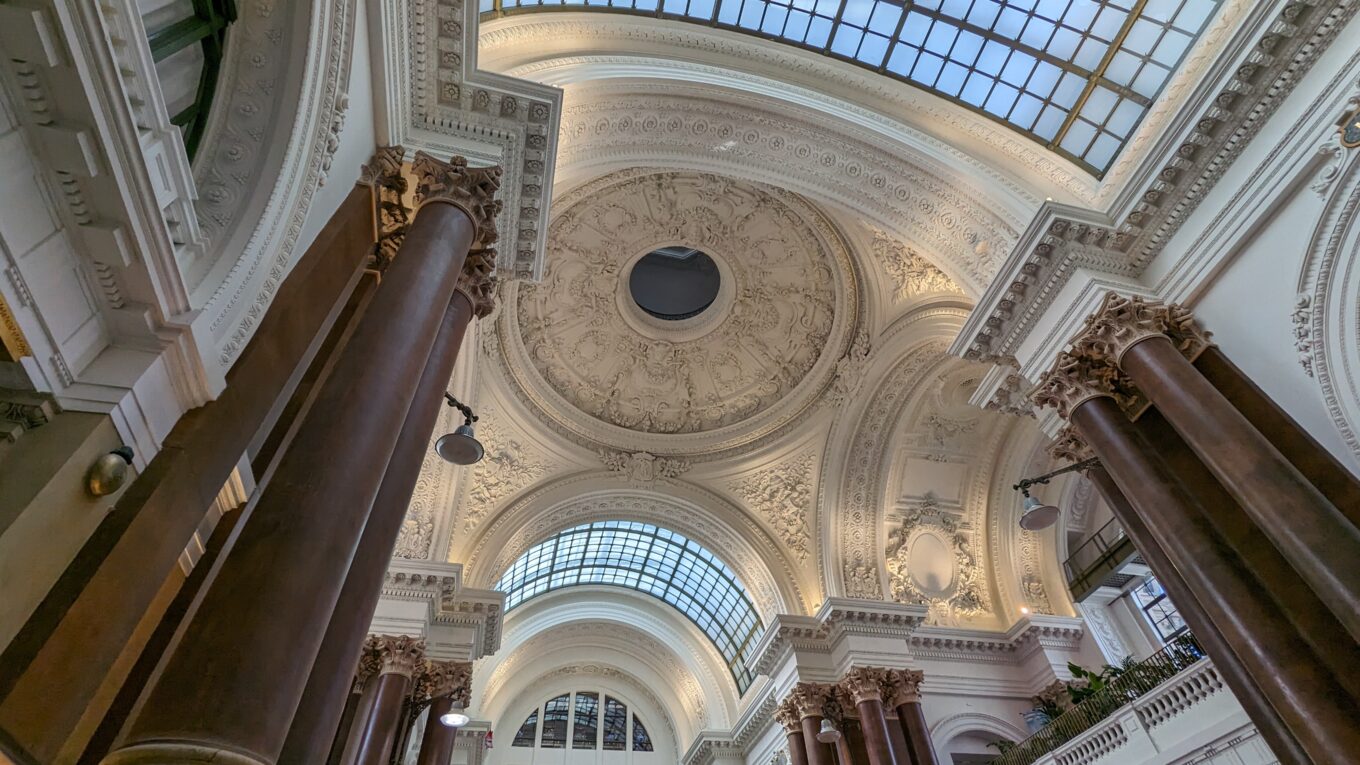Top 20 Examples of Art Deco Architecture
The embodiment of the Roaring 20s in The United States, Art Deco Architecture was a building style popular during the early 1900s. Art Deco Architecture is known for its vertical emphasis, elongated lines, simple sculptural elements, and the use of chrome, steel, and other metals. Some of the most famous examples of Art Deco Architecture are the skyscrapers of New York City – such as the Empire State Building and the Chrysler Building – but there are countless examples of the Art Deco Style found in various cities throughout the globe. This article will list 20 of the world’s greatest examples of Art Deco Architecture and highlight the major elements & characteristics of this important style.
When was the Art Deco Period?
Art Deco Architecture was a popular building style that began in the early 1900s. It reached its peak in the 1920s during a time known as the “Roaring 20s,” and lost popularity by the early 1940s.
The lack of construction that occurred during WWII would bring the eventual end of the Art Deco Period – but the spirit of Art Deco Architecture still influences many of today’s buildings.
Art Deco Architecture existed alongside other building styles, including Art Nouveau, Beaux Arts, and the Modernisme Style.
Art Deco is in many ways a reaction to these other styles. While many architects experimented with fluid organic forms, many Art Deco Designs took the opposite approach – with straight lines and rectilinear geometries.

Elements in Art Deco Architecture
Vertical Emphasis

Vertical emphasis is one of the most unifying traits found throughout Art Deco Architecture. Art Deco buildings use a lot of vertical lines, slender forms, and towering sculptural elements. These design features help to make the building feel tall and imposing, and the occupant feel small and insignificant. In the image above you can see some long and thin windows within the main arch of Cincinnati Union Terminal. These towering windows make the main atrium of the building seem vast and expansive.
Chrome and Other Metals

Chrome is one of the most unifying materials found throughout Art Deco Buildings, and it’s a material that isn’t often found in other architectural styles. In addition to metals like brass, bronze, iron, and steel, chrome was used to embellish details and liven up the forms in many Art Deco buildings. By far the most iconic example of this is the top portion of the Chrysler Building in New York City. In the image above you can see the building’s chrome-plated exterior which is one of the most recognizable architectural forms in the entire world. Chrome is a unique material that maintains its shine and color with little maintenance.
Art-Deco Style Sculptures
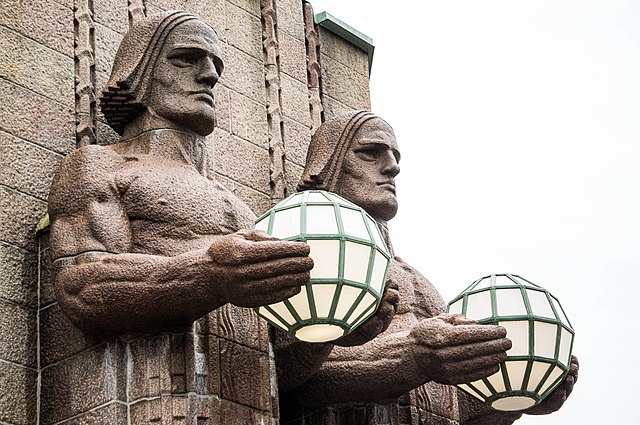
Many works of Art Deco Architecture contain an assortment of sculptural elements. Art Deco sculptures are often simplified and straightforward – particularly when compared to the more fluid and organic sculptures found in works of Art Nouveau & Beaux Arts Architecture. In the image above you can see some typical Art Deco Sculptures on the facade of Helsinki Central Station. The figures have unemotional expressions and they are standing stiff and rigid.
Elongated Lines
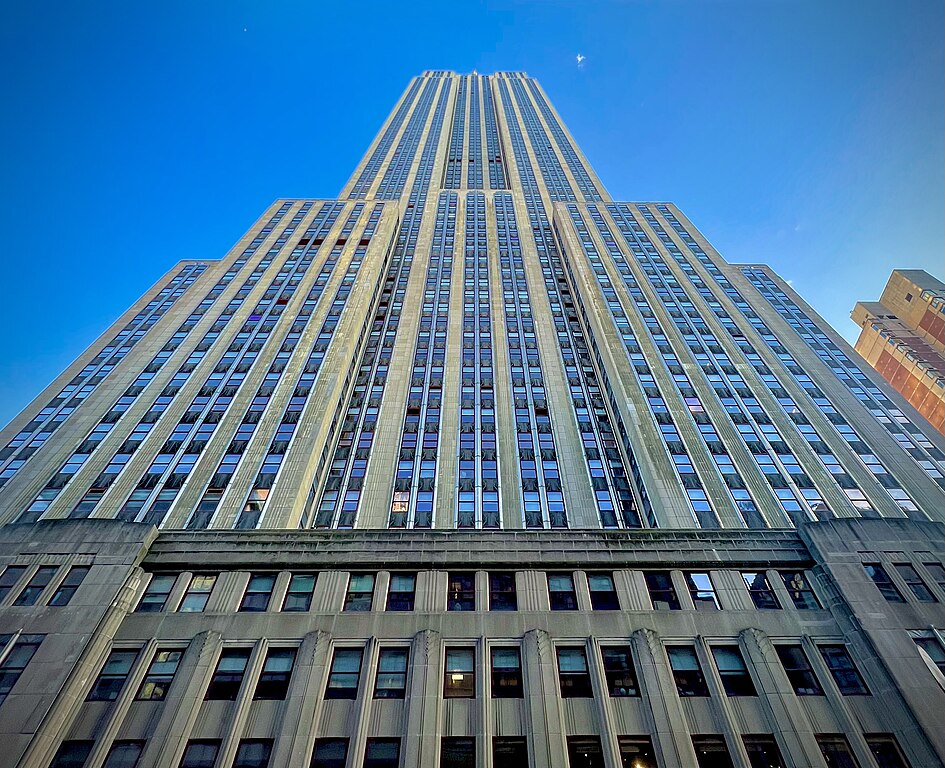
Elongated lines are another unifying trait found throughout Art Deco Architecture. These lines can be found on many Art Deco Skyscrapers like the Empire State Building and on much shorter structures like the Nebraska Capitol Building. In the image above you can see a view looking directly up the Empire State Building. Here there are a series of uninterrupted lines that go from the base of the tower to the top. This vertical emphasis makes buildings seem tall and striking especially when viewed from the street level.
Geometric Shapes and Details

Geometric shapes also appear frequently in Art Deco Architecture. Many buildings from this period were designed holistically, with furniture, light fixtures, and other components designed in tandem with the building itself. Many different Art Deco Buildings utilize angular geometric motifs within the interior and exterior, which all work to tie the whole design together. In the image above you can see some classical examples of Art Deco Sculptural Elements made from stone and metal.
The Use of The Elevator
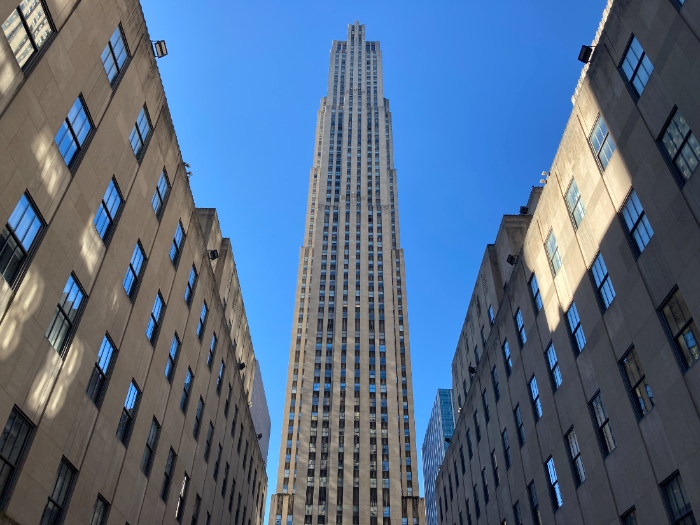
Many people regard elevators as the invention that birthed the skyscraper, and as such, elevators can be found throughout many examples of Art Deco Architecture. The technology to build tall buildings actually predates the invention of the elevator, but it was the elevator that allowed occupants to access higher floors easily. Both the Chrysler Building and the Empire State Building were only made possible thanks to the elevator, and incorporating elevators became an essential part of the design of tall buildings. Just like in today’s towers, many Art Deco Buildings have a distinct “building core” where elevator shafts and stairwells repeat on every floor.
What are the greatest examples of Art Deco Architecture?
Below is a list of 20 of the world’s greatest examples of Art Deco Architecture. The order of the buildings is based on their size, splendor, and overall influence on the evolution of the Art Deco Style.
1. Empire State Building – New York City, New York, United States
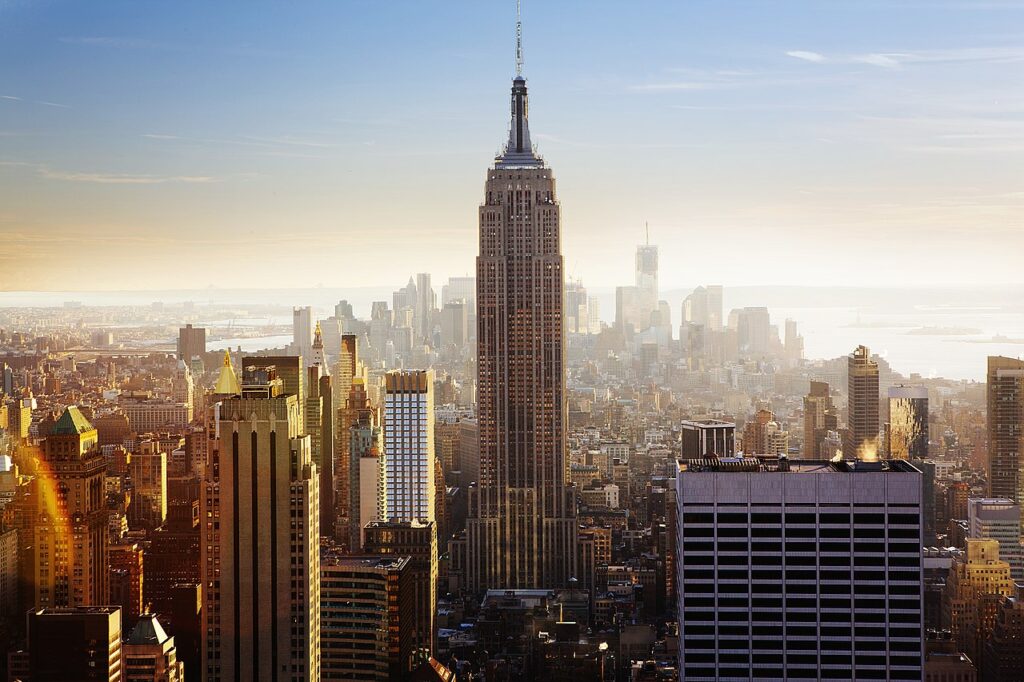
The Empire State Building is one of the world’s most iconic structures, and it’s also the world’s most well-known example of Art Deco Architecture. When it was completed in 1931 it was the tallest building on earth, a title which it held for several decades. The Empire State Building is located in the heart of New York City’s Midtown neighborhood at the corner of 34th Street and 5th Avenue. To this day it remains a symbol of the city of New York, and the name of the building connects with New York’s reputation as “The Empire State”.

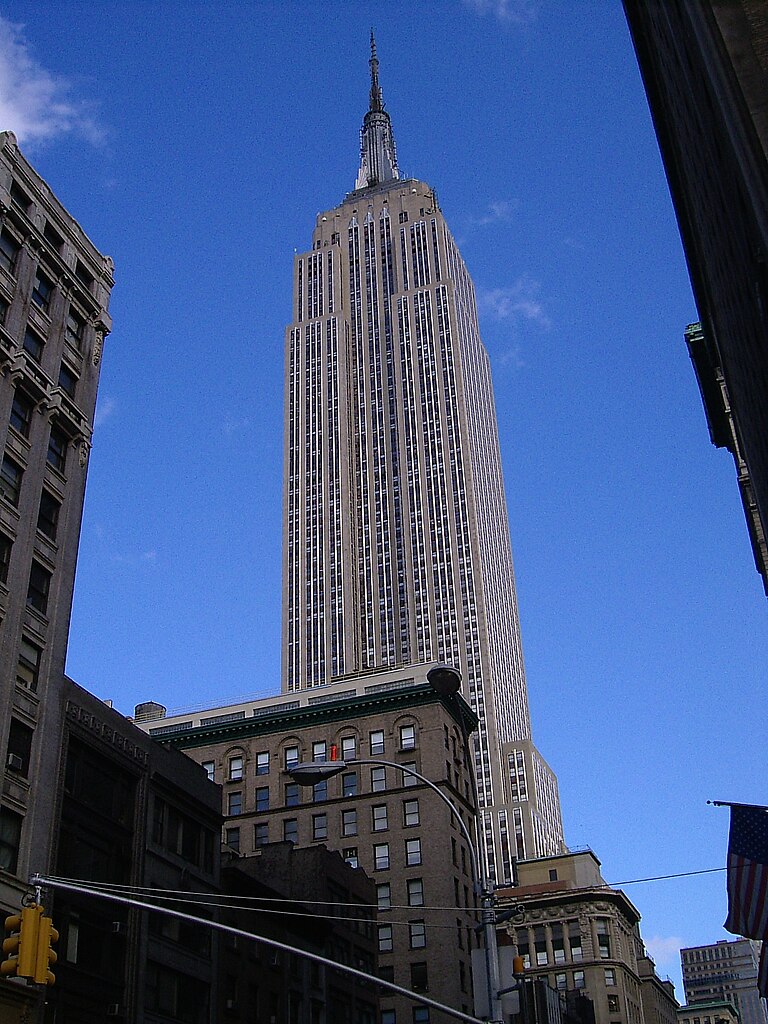
The Empire State Building is protected by careful zoning regulations, and as a result, it’s surrounded by much lower mid-rise buildings. Therefore, you can still see great views of the Empire State Building from all over Manhattan Island and the rest of New York City. The design of the Empire State Building utilizes many of the classic elements found in Art Deco Architecture. There is a strong vertical emphasis with vertical lines that carry up the entire facade, and the building’s famed radio tower is clad with metal plating. Today millions of visitors see the Empire State Building while in New York, and many people take elevators to the observatory to get incredible views over the entire city.
2. Chrystler Building – New York City, New York, United States

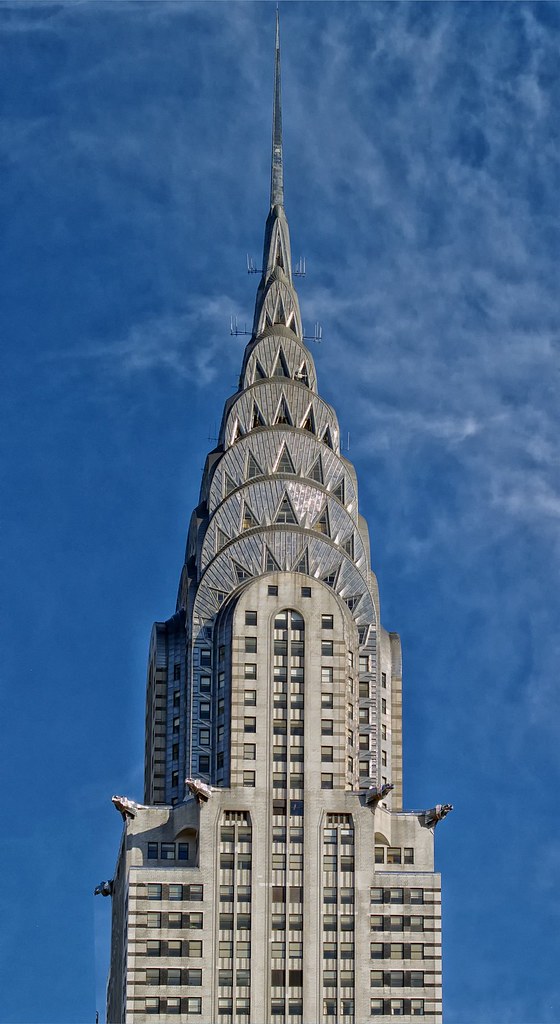
The Chrysler Building is another famous Art Deco Skyscraper located in New York City. Its name comes from the Chrysler Corporation, one of the three largest car manufacturers in The United States. It was completed just one year before The Empire State Building, and it held the title of the World’s Tallest Building from the time of its completion in 1930 until 1931. The building is made from a steel skeletal structure that is enclosed with a variety of materials, including brick, marble, glass, chrome, and stainless steel.
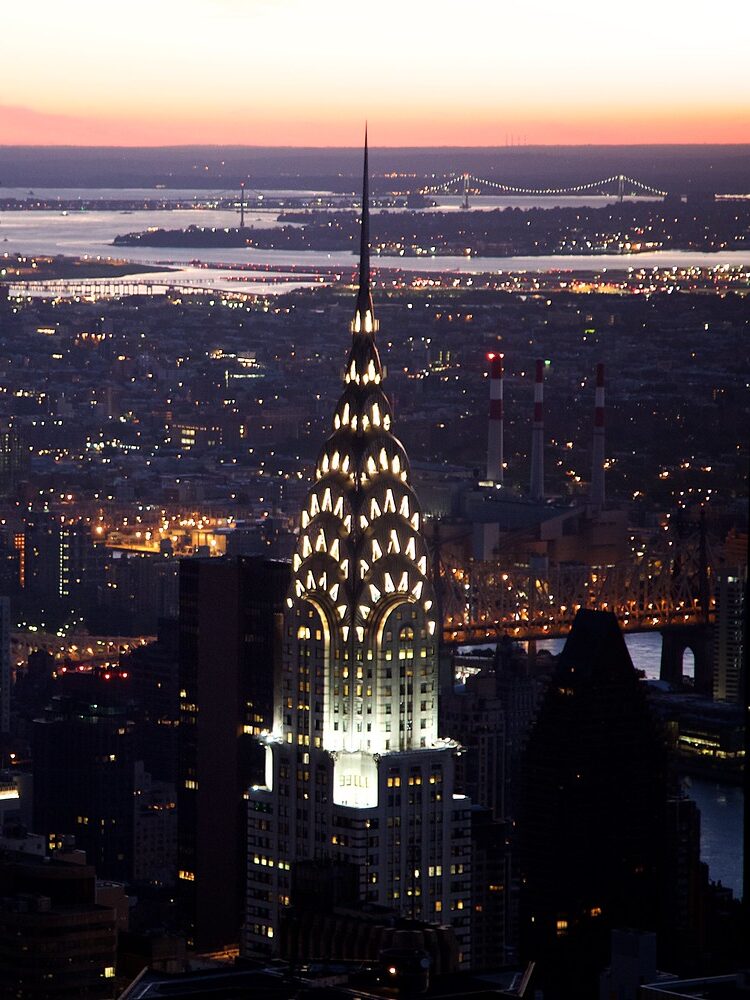
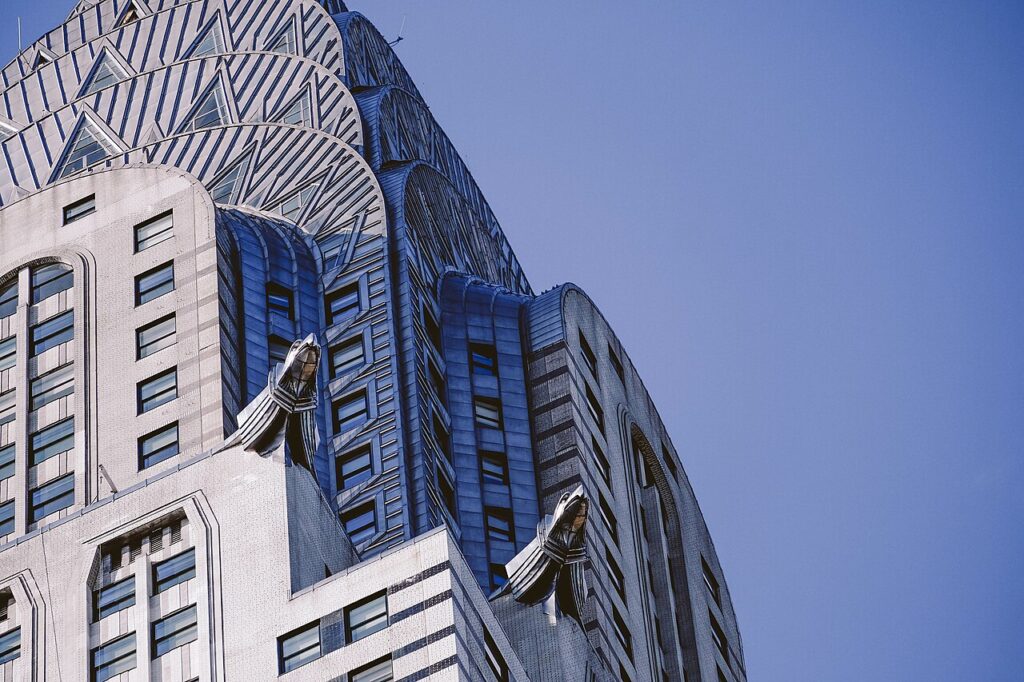
The Chrysler Building is famous for its Art Deco Style Ornamentation. The building features a variety of Art Deco Sculptural Elements, including eagles, gargoyles, and elements from automobiles such as hub caps and hood ornaments. Of course, the most famous portion of the building is the chrome & stainless steel-clad spire that rises several stories from the top of the building. This spire is a symbol of Art Deco Design and it features simplified triangular shapes as well as repetitive curves.
3. Nebraska Capitol Building – Lincoln, Nebraska, United States

The Nebraska Capitol Building is one of several government buildings in the US designed in the Art Deco Style. Construction began in the year 1922 and it remains one of the most significant buildings in Lincoln Nebraska today. The building’s most iconic feature is its tower which has a strong vertical emphasis like many other Art Deco Buildings. The Nebraska Capitol Building contains the executive and judicial portions of the state government and is a symbol of Democracy within the Cornhusker State.
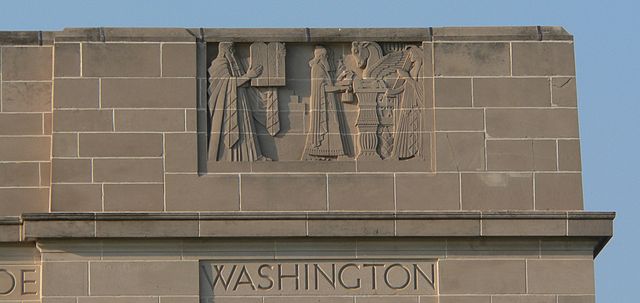

The Nebraska Capitol Building embodies many of the key elements in Art Deco Architecture. The exterior facade contains an assortment of Art Deco-styled sculptures and decorations. The left image above shows one of several friezes depicting important historical events. The building also contains lots of vertical lines and elongated geometries, in addition to some of the simplistic geometric forms found throughout other Art Deco Buildings.
4. Helsinki Central Station – Helsinki, Finland
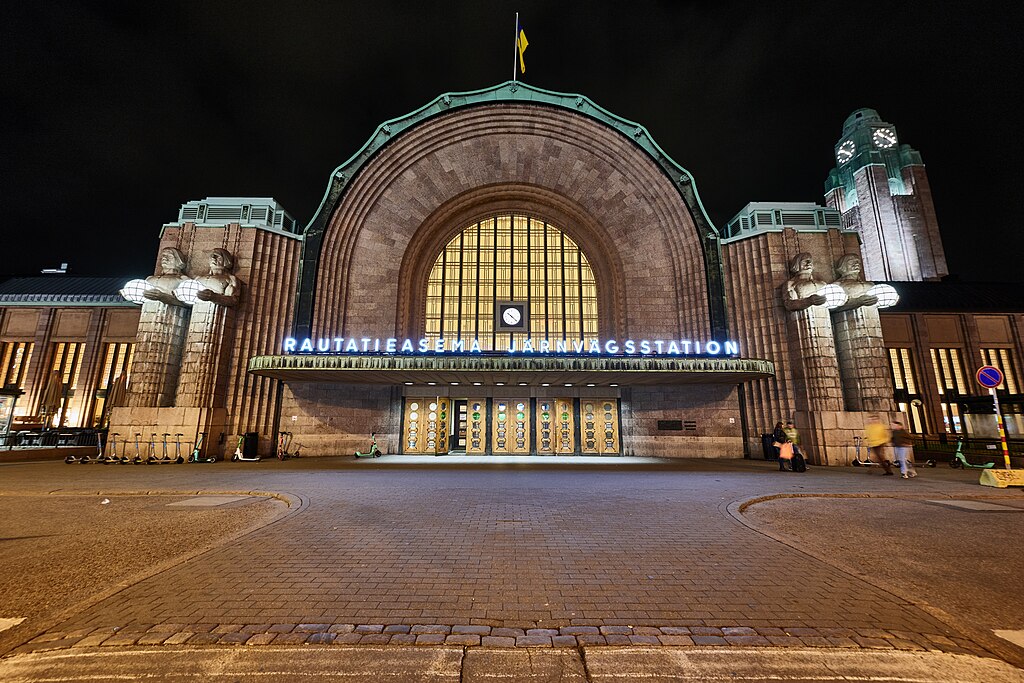
Helsinki Central Station is located in downtown Helsinki. It was built in the year 1919, shortly after Finland achieved its independence from the Russian Empire in 1917. The station connects Helsinki with its suburbs, and there is also a line that goes all the way to St. Petersburg. Helsinki Central Station is most well-known for its front facade. It features several human figures that are typical sculptural elements from the Art Deco Style. The sculptures are very diagrammatic, and capture the essence of the human form without being exact replicas. These simplified forms are found in many Art Deco Buildings, and they directly contrast other Art Nouveau and Beaux Arts Sculptures that were popular in the early 1900s.
5. Louisiana State Capitol – Baton Rouge, Louisiana, United States
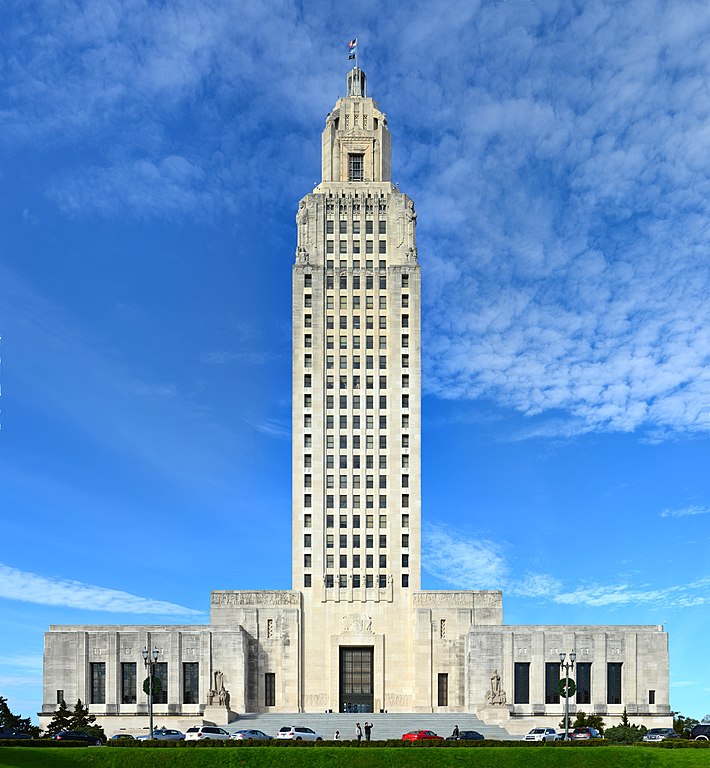

The Louisiana State Capitol Building is a prominent work of Art Deco Architecture constructed by the state government of Louisiana. It was built beginning in 1930 on a plot of land not far from the Mississippi River in central Baton Rouge. The building’s most striking feature is the 450-foot tall (137m) tower which remains the tallest building in Baton Rouge even today. The Louisiana Capitol Building houses the State Legislature, the House of Representatives, the State Senate, as well as offices for the governor.
6. Rockefeller Center – New York City, New York, United States
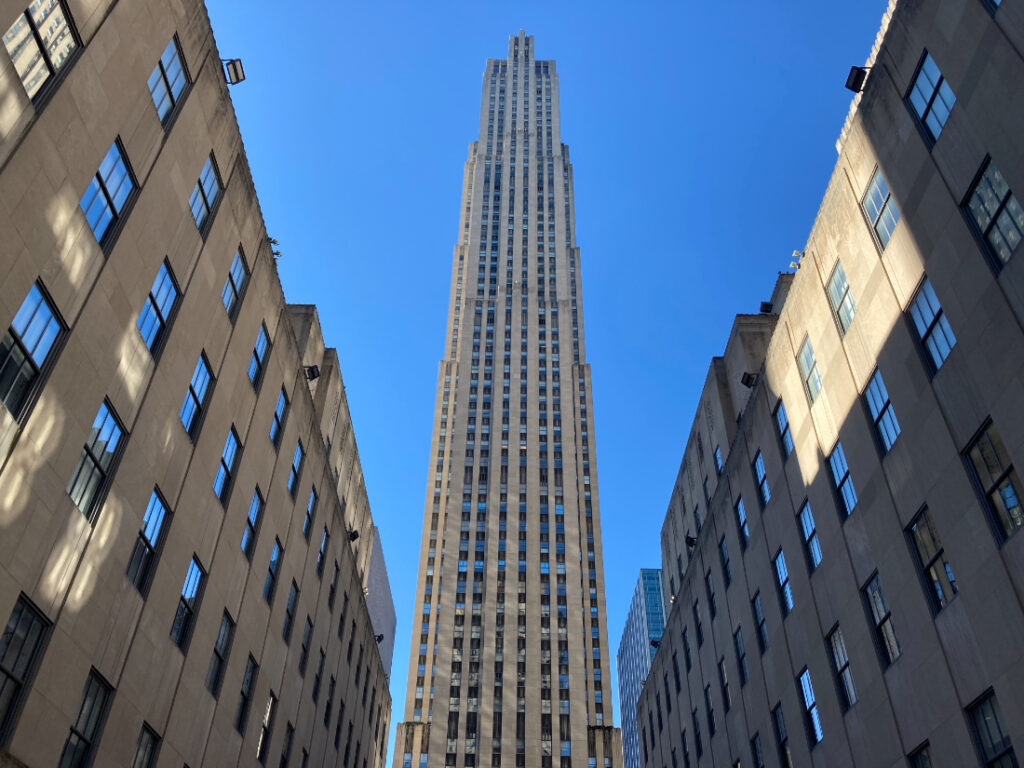
Rockefeller Center is a group of buildings and monuments that were mainly designed in the Art Deco Style. The area is named for the Rockefellers, a wealthy American family who amassed a large fortune as the founders of the Standard Oil Company. 30 Rockefeller Plaza is the main tower within Rockefeller Center. It stands 66 stories tall and was completed in the heart of the Art Deco Period in 1933. Rockefeller Center remains a hub of commercial activity in New York, and it is home to NBC, Radio City Music Hall, and many other important institutions,
7. Cathedral of Learning – Pittsburg, Pennsylvania, United States
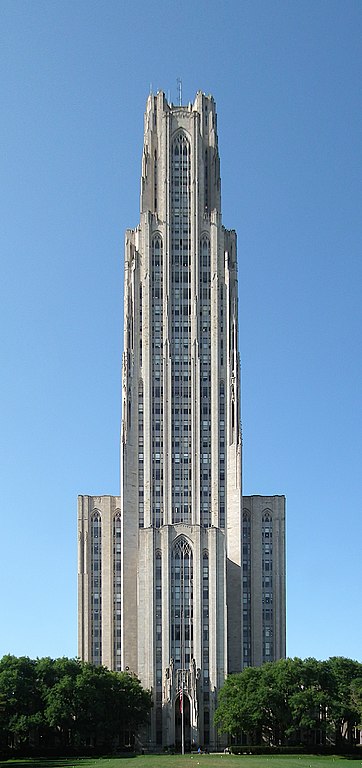
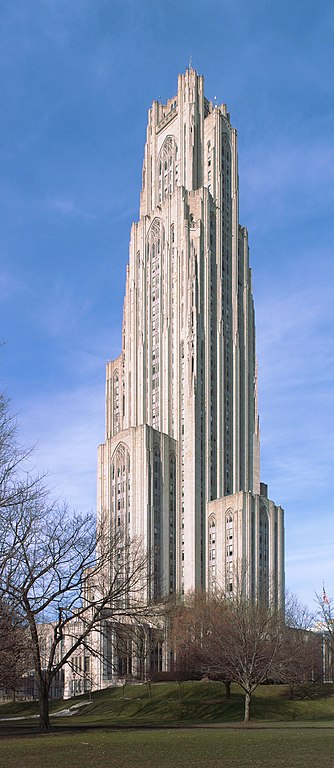
The Cathedral of Learning is a great example of an educational building designed in the Art Deco Style. It was built as a centerpiece for the University of Pittsburg, an institution that dates back to 1787. The Cathedral of Learning was completed in 1934, and it contains many of the typical elements found in Art Deco Architecture. There are many elongated vertical lines and a strong vertical emphasis. There are also several Art Deco-Inspired sculptural elements throughout the exterior which provide a dignified and impressive appearance. The Cathedral of Learning also has a strong Gothic Revival Influence thanks to its use of pointed arches.

Gothic was the dominant architectural style in Europe during the early Middle Ages. Check out our article on the Top 25 Examples of Gothic Architecture to learn more!
8. National Diet Building – Tokyo, Japan
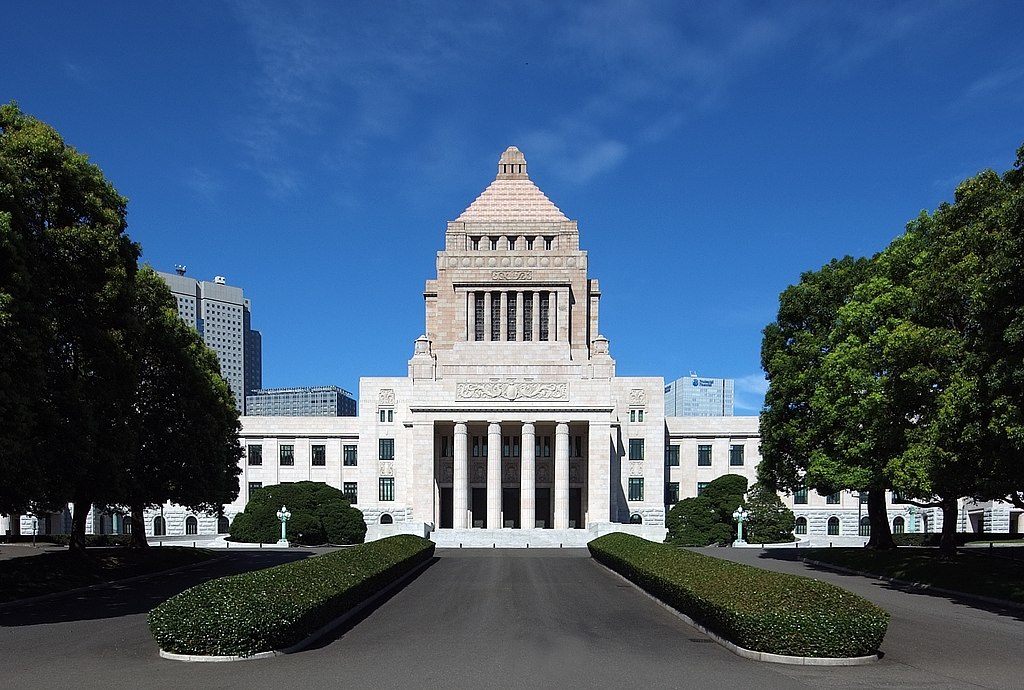
The National Diet Building houses the major branches of the Japanese Government including the House of Representatives and the House of Councillors. It is located in the Chiyoda ward of Tokyo, not far from the Imperial Palace. The current building was completed in 1936 and designed in the Art Deco Style. It replaced an earlier structure that was destroyed by fire in the early 20th century. The design of the National Diet Building was selected after several iterations and an extensive design competition. Officials were torn between a more European-style Revivalist Building or something more in line with traditional Japanese Architecture. Eventually, an Art Deco Design was selected – which was seen as a more contemporary aesthetic at the time.
9. LeVeque Tower – Columbus, Ohio, United States

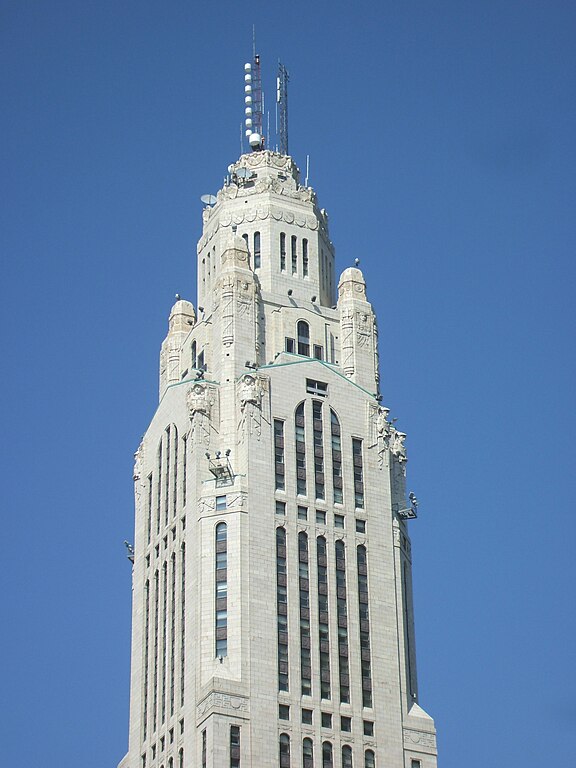
LeVeque Tower is an Art Deco Skyscraper located in Columbus Ohio. It was constructed in the early 20th century around the same time as other works of Art Deco Architecture such as the Empire State Building and the Chrysler Building. LeVeque Tower is currently the second tallest tower in Columbus and was once one of the tallest buildings in the American Midwest. The building contains a lot of Art Deco Ornamentation, particularly on the upper floors. The top of the tower contains lots of statues and trim work that were common in the Art Deco Style.
10. American Radiator Building – New York City, New York, United States

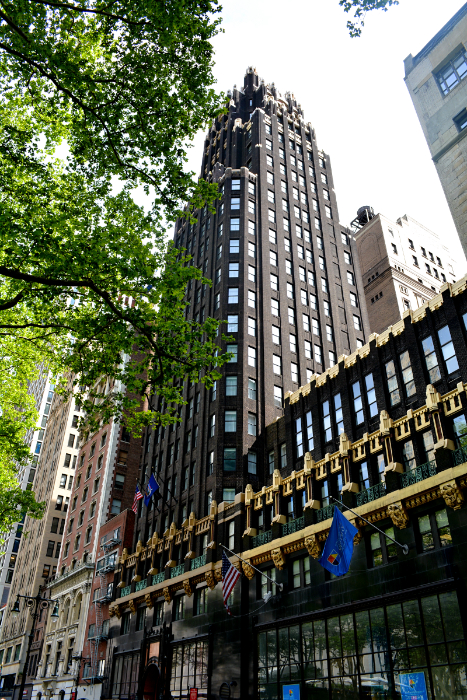
(left) Photo by Jean-Christophe BENOIST from Wikimedia Commons
The American Radiator Building is one of New York City’s most iconic examples of Art Deco Architecture. It’s located in the heart of Manhattan, overlooking Bryant Park. The American Radiator Building contains several typical features in Art Deco Architecture, including gold-colored sculptural elements and vertical emphasis. The main tower was completed in 1924, and a five-story addition was added a decade later. Today the building houses a luxury hotel and is surrounded by the hustle and bustle of Manhattan’s Midtown Neighborhood.
11. Buffalo City Hall – Buffalo, New York, United States
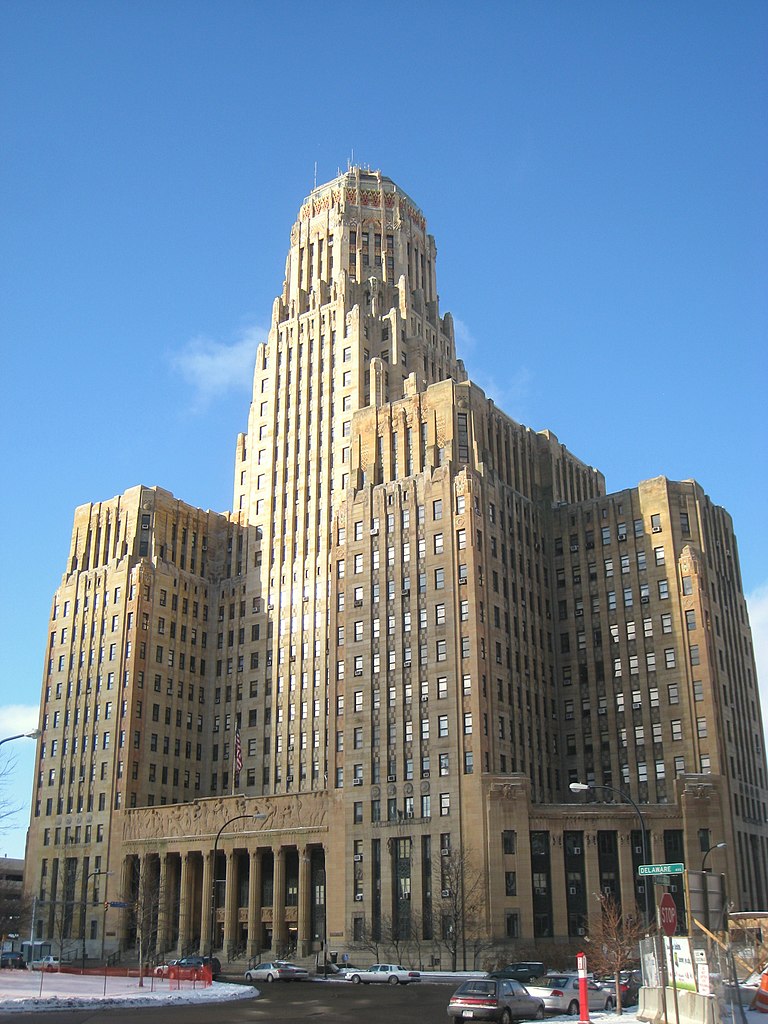
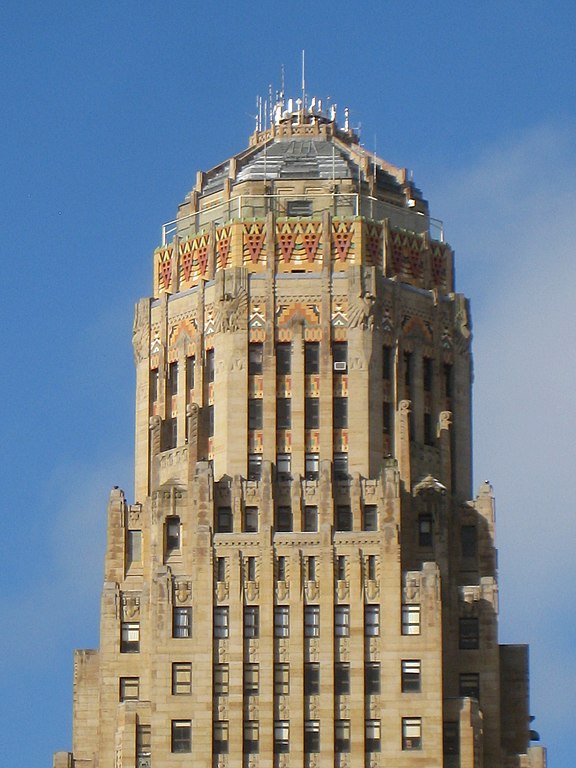
Buffalo is New York’s second-most populous city and is home to several notable works of architecture. Buffalo City Hall was designed in the Art Deco Style and completed in 1931. At the time it was one of the largest and costliest municipal buildings in all of The United States. Buffalo City Hall contains several key Art Deco elements. The facade features several examples of Art Deco Sculpture, and the tower is decorated with lots of geometric details that were common in Art Deco structures. Today the building still serves its original purpose, and its offices are known for their panoramic views of Buffalo and Lake Erie.
12. Opéra de Marseille – Marseille, France

Marseille is a city located on France’s southern Mediterranean coastline. It’s the nation’s second most populous city, and it’s known for some of its amazing works of Byzantine Revival Architecture. Marseille is also home to one of Europe’s greatest Art Deco buildings, the Opéra de Marseille. The Opera first opened in 1924, and it replaced a much older structure dating from the Baroque Period. The facade of the Opéra de Marseille contains several Art Deco-Inspired statues and sculptural elements.
Like Architecture of Cities? Sign up for our mailing list to get updates on our latest articles and other information related to Architectural History.
13. Los Angeles City Hall – Los Angeles, California, United States


Los Angeles City Hall is a municipal building that houses the local government of Los Angeles California. The building was completed in 1928 and designed in the Art Deco Style. It’s located in downtown Los Angeles not far from other works of Art Deco Architecture such as the LA Post Office Building. Los Angeles City Hall contains an assortment of Art Deco Design Elements, most notably the central tower. This tower is built with a strong vertical emphasis and it has many thin and clean lines that continue from the base all the way to the peak.
14. Théâtre des Champs-Élysées – Paris, France
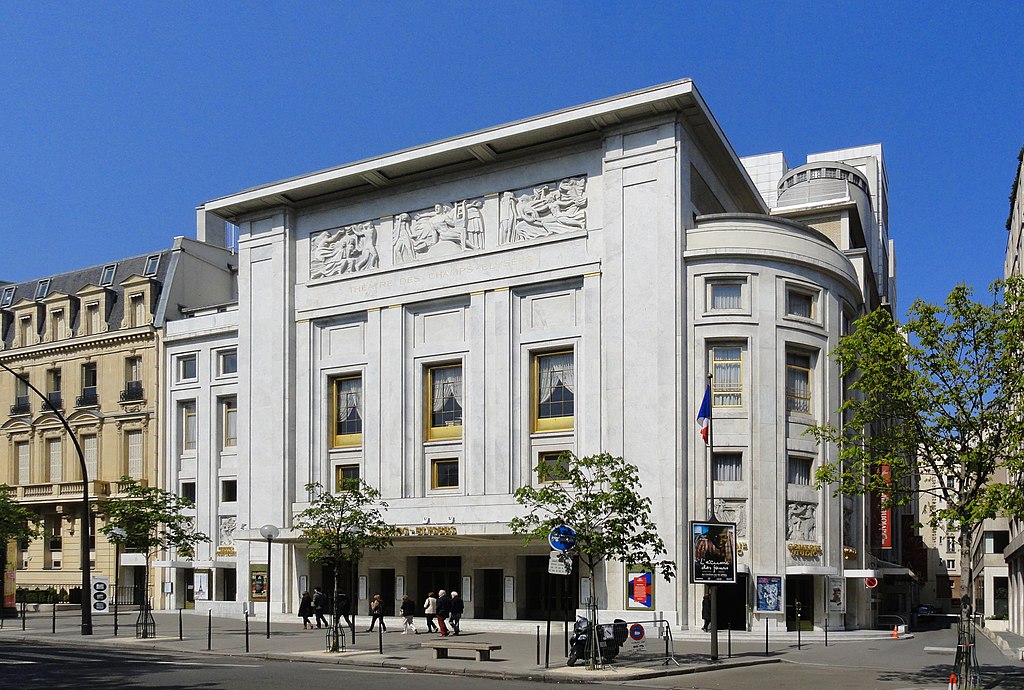
Similar to the Opéra de Marseille, the Théâtre des Champs-Élysées is an Art Deco Styled theater dating from 1913. The building’s most iconic element is the frieze located atop the main facade. It’s an incredible example of early Art Deco Style Sculpture which became popular in Art Deco Architecture by the 1920s. Today the Théâtre des Champs-Élysée still houses live events, and it is one of many incredible buildings making up modern-day Paris.
15. 70 Pine Street – New York City, New York, United States
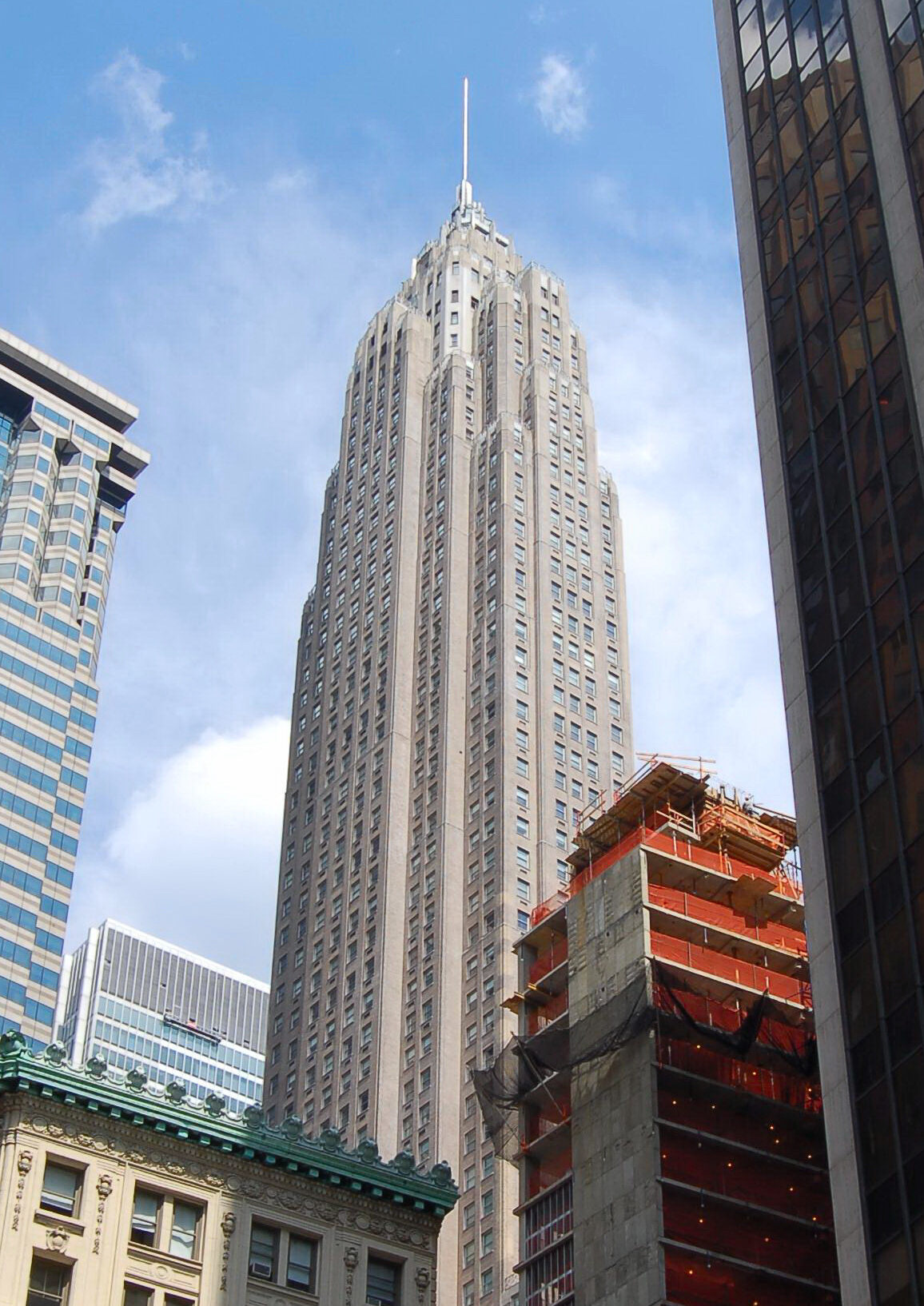
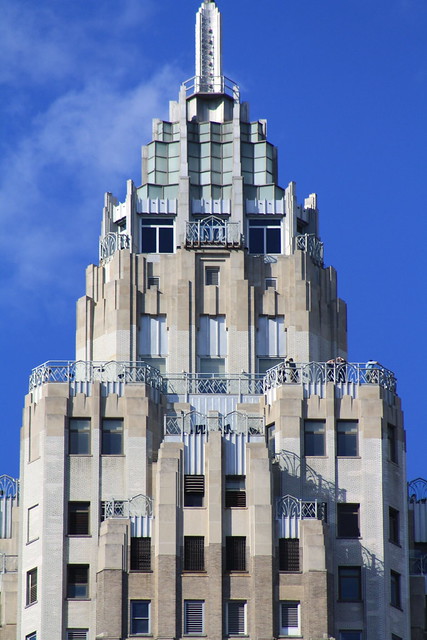
70 Pine Street is one of several notable New York City Skyscrapers designed in the Art Deco Style. It was completed in 1932 around the same time as several other nearby examples of Art Deco Architecture, such as the Chrysler Building. 70 Pine Street contains several distinct characteristics found in Art Deco Architecture. Parts of the exterior are decorated with Chrome and other metals, and the entire building has a strong vertical emphasis. The top spire of 70 Pine Street is also famous for its geometric decorations that blend Art Deco and Gothic Revival motifs.
16. Times Square Building – Rochester, New York, United States


(left) Photo by Kenneth C. Zirkel from Wikimedia Commons
Like many other cities in New York State, Rochester also contains several great examples of Art Deco Architecture. The Times Square Building was completed in 1930 and it has been one of Rochester’s most notable landmarks ever since, Like many other Art Deco designs, The Times Square Building features large sculptural elements that decorate the exterior. The main tower of the Times Square Building houses a unique metal sculptural piece that resembles wings pointing upward to the sky.
17. Australian War Memorial – Canberra, Australia

Art Deco Architecture is a global style, with examples spanning the entire world. One of the greatest examples of this is the Australian War Memorial in Canberra. This monument was constructed to commemorate all Australian soldiers who have died in battle. The monument was completed in 1941 and has been one of Australia’s most treasured national landmarks ever since. Its more somber and reserved design does not contain a lot of elaborate sculptures, but it still embodies the bold and austere characteristics of the Art Deco Style,
18. Cincinnati Union Terminal – Cincinnati, Ohio, United States
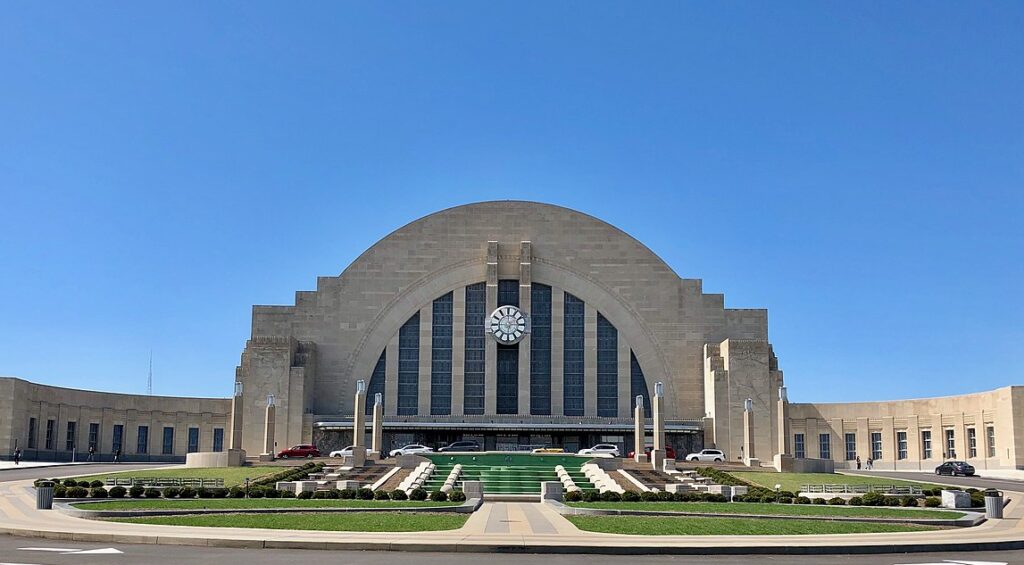
Cinncinati Union Terminal is an important work of Art Deco Architecture completed in 1933. The terminal houses rail lines that help connect Cincinnati with other nearby cities like Columbus, Indianapolis, and Chicago. The main entrance is marked by a massive glass archway which lets light into the central atrium. This simple, symmetrical design was ideal for a large transportation hub. The entire building is composed of other Art Deco design elements such as elongated features, simplistic sculptures, and geometric details.
19. Houston City Hall – Houston, Texas, United States
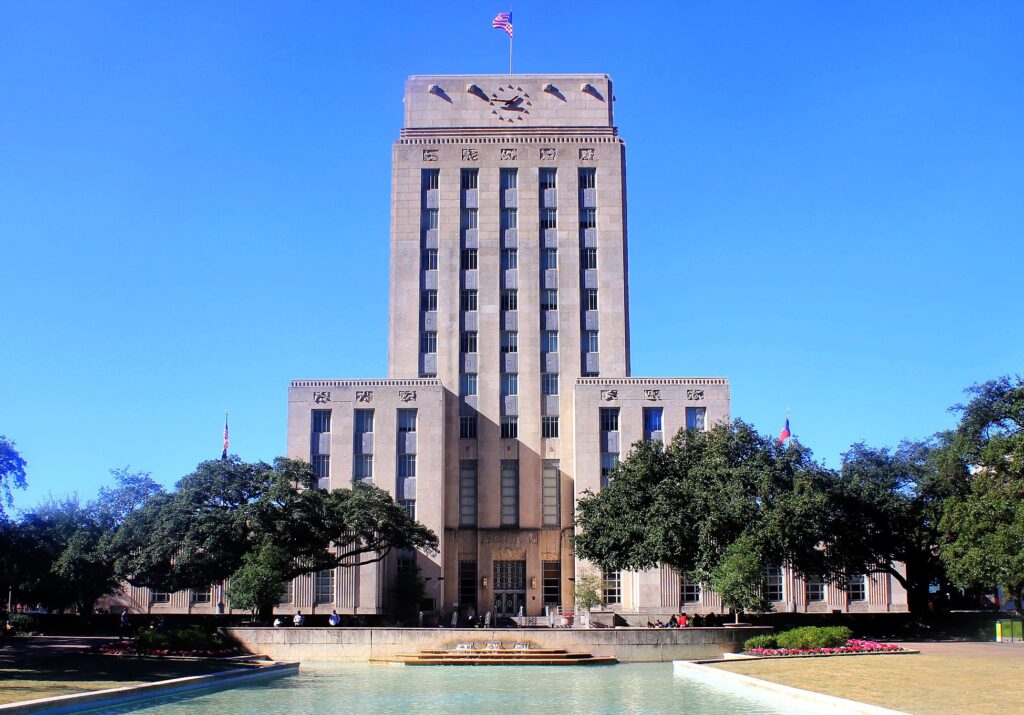
Houston City Hall is another important municipal building that was completed at the height of the Art Deco Age in the United States. Construction was completed on the building in 1939 and at the time it was one of Houston’s tallest structures. Today, however, Houston City Hall is one of the smaller buildings located in the city’s downtown. Houston City Hall is a protected landmark and is renowned for its classic Art Deco Design which resembles many other city halls from this period.
20. Eden Theater – Lisbon, Portugal
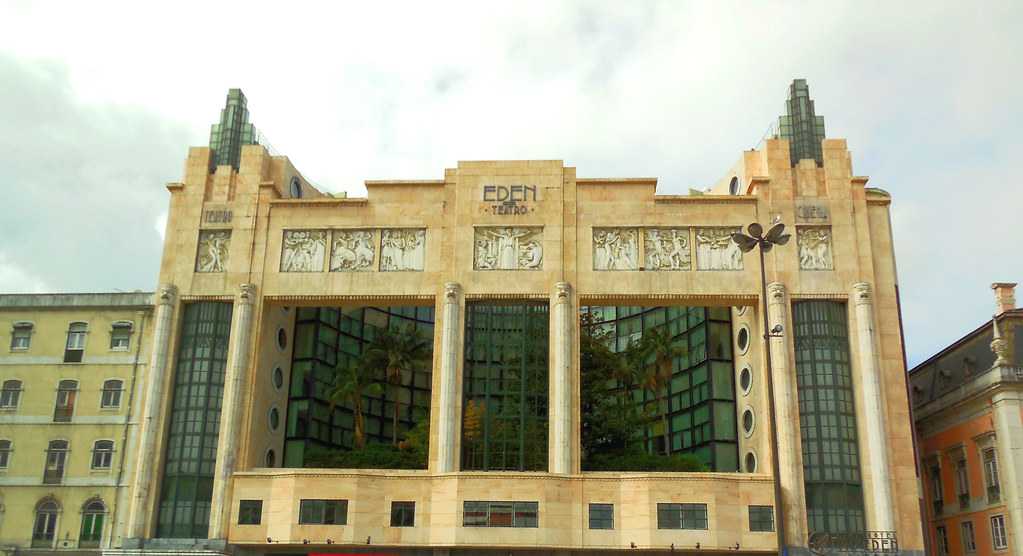
The Eden Theater overlooks Rossio Square, one of Lisbon’s most popular public spaces. It was completed in 1931 and served as a lavish theater up until the 1980s. Today it houses a hotel that caters to Lisbon’s growing tourism industry. The Eden Theater contains several distinct Art Deco Sculptures on the front facade. The building also has a strong vertical emphasis, and it uses a variety of metal and geometric accents.

Interested in Lisbon? Check out our article on the Architecture of Lisbon to learn more about the city’s historic buildings!
Art Deco Architecture Today
Although WWII and the dawn of the Modern Age would mark the end of the Art Deco Period, the legacy of Art Deco Architecture still lives on in many of today’s buildings. Art Deco Architecture was particularly important in the development of the Skyscraper and innovations such as the elevator and the steel skeletal structure have continued to shape the cities we live in. The Empire State Building and the Chrysler Building remain two of the world’s most recognizable buildings, and many elements from Art Deco Art and Design are still being used today.
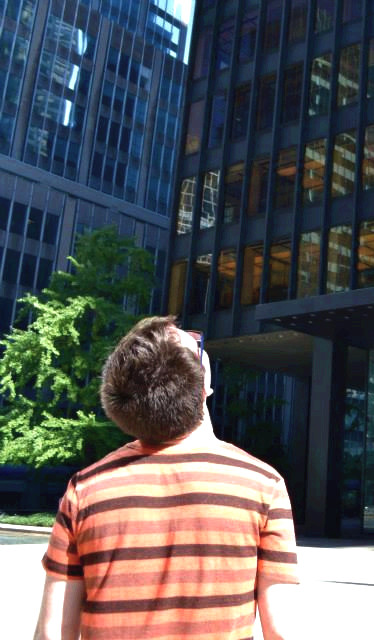
- About the Author
- Rob Carney, the founder and lead writer for Architecture of Cities has been studying the history of architecture for over 15 years.
- He is an avid traveler and photographer, and he is passionate about buildings and building history.
- Rob has a B.S. and a Master’s degree in Architecture and has worked as an architect and engineer in the Boston area for 10 years.
Like Architecture of Cities? Sign up for our mailing list to get updates on our latest articles and other information related to Architectural History.
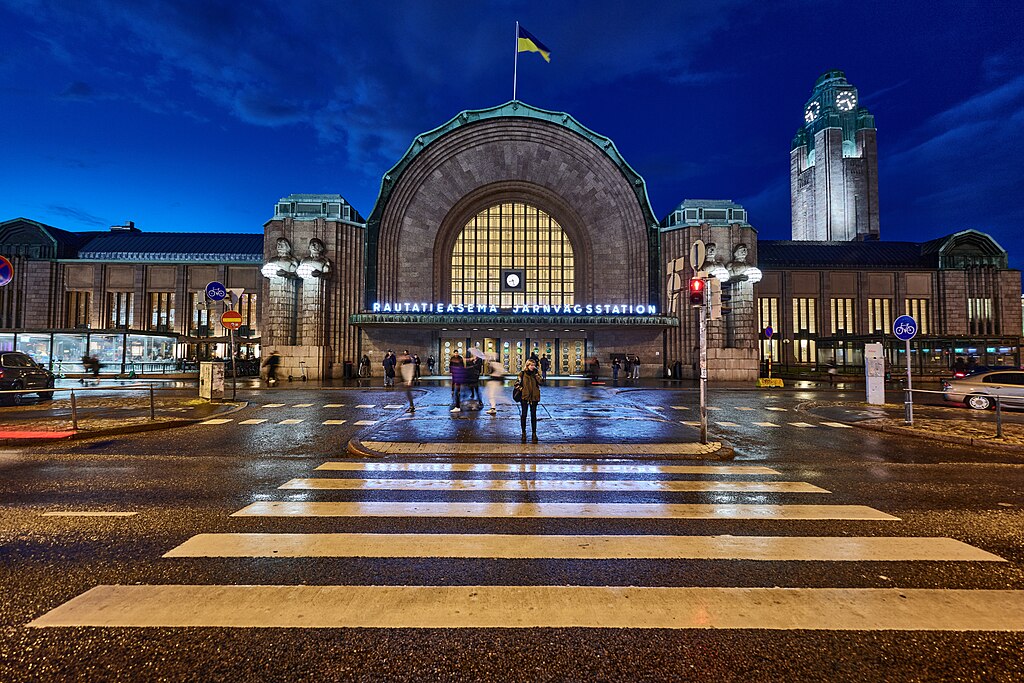
Additional view of Helsinki Central Station in Helsinki Finland.
